by Dr. David Sanders
What color is the dress? The story behind this is well-known.
Tens of millions weighed in. Most people saw the colors of the dress as white and gold or blue and black. I am with 11% of respondents who definitively see the dress as blue and brown. Scientists were baffled. “The very existence of the ‘dress’, reflected NYU neuroscientist Pascal Wallisch, “challenged our entire understanding of color vision. We thought we knew how color vision worked, more or less. The dress upended that idea. No one had any idea why some people see ‘the dress’ differently than others—we arguably still don’t fully understand it. It was like discovering a new continent.”
Neuroscientists offered interesting explanations, placing the variability in seeing color in context. How the brain was processing the lighting around the dress seemed to be a determining factor. Based on analysis of data, Wallisch proposed that a key factor was whether the person viewing the dress was an early riser or night owl. (The way I see the colors of the dress don’t fit into his data analysis).
Yesterday, I led a meditation for the Institute of Jewish Spirituality (IJS) and my focus was on “seeing with new eyes.” This month on the Hebrew calendar is the month of Tammuz. In the earliest Jewish mystical text, Sefer Yetzirah, the Book of Formation, there is a wondrous listing of our spiritual senses, 12 in all, through which we take in and process “unseen” aspects of reality. The spiritual sense of the month of Tammuz is SIGHT and refers to our ability to “unsee” in contrast to the idiom, “Once you see it, you can’t unsee it.”
I asked those joining in the meditation to close their eyes and to begin to see with their mind’s eye. During the affirmation of the Shema prayer, proclaiming the unity of all in the Divine, it is customary to covers one’s eyes, so that when the eyes open to the world, perception is changed. Once we recognize fully that what we see as the color of a dress is contextually dependent, we can open our eyes to seeing differently.
Where this is most critical is in our relationships; seeing beyond color or unseeing how people’s actions have colored our perceptions of them. Close your eyes so they can open to seeing.
Click here to ‘see’ David’s meditation session with IJS.

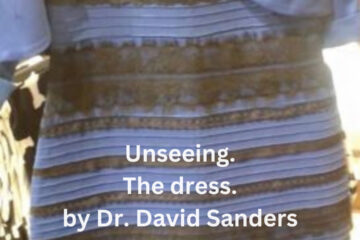
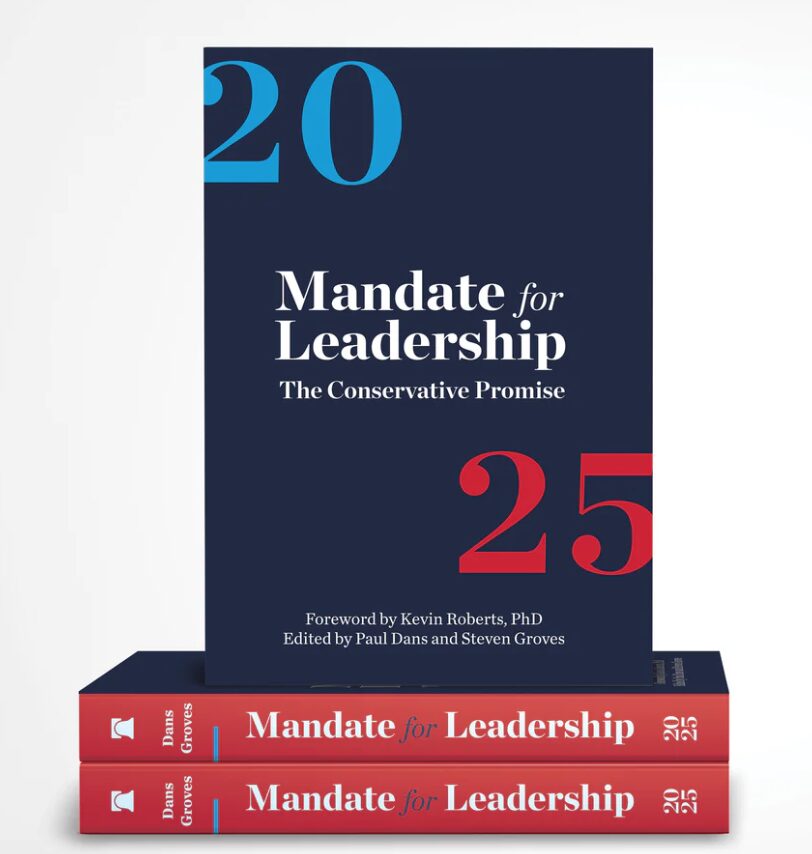
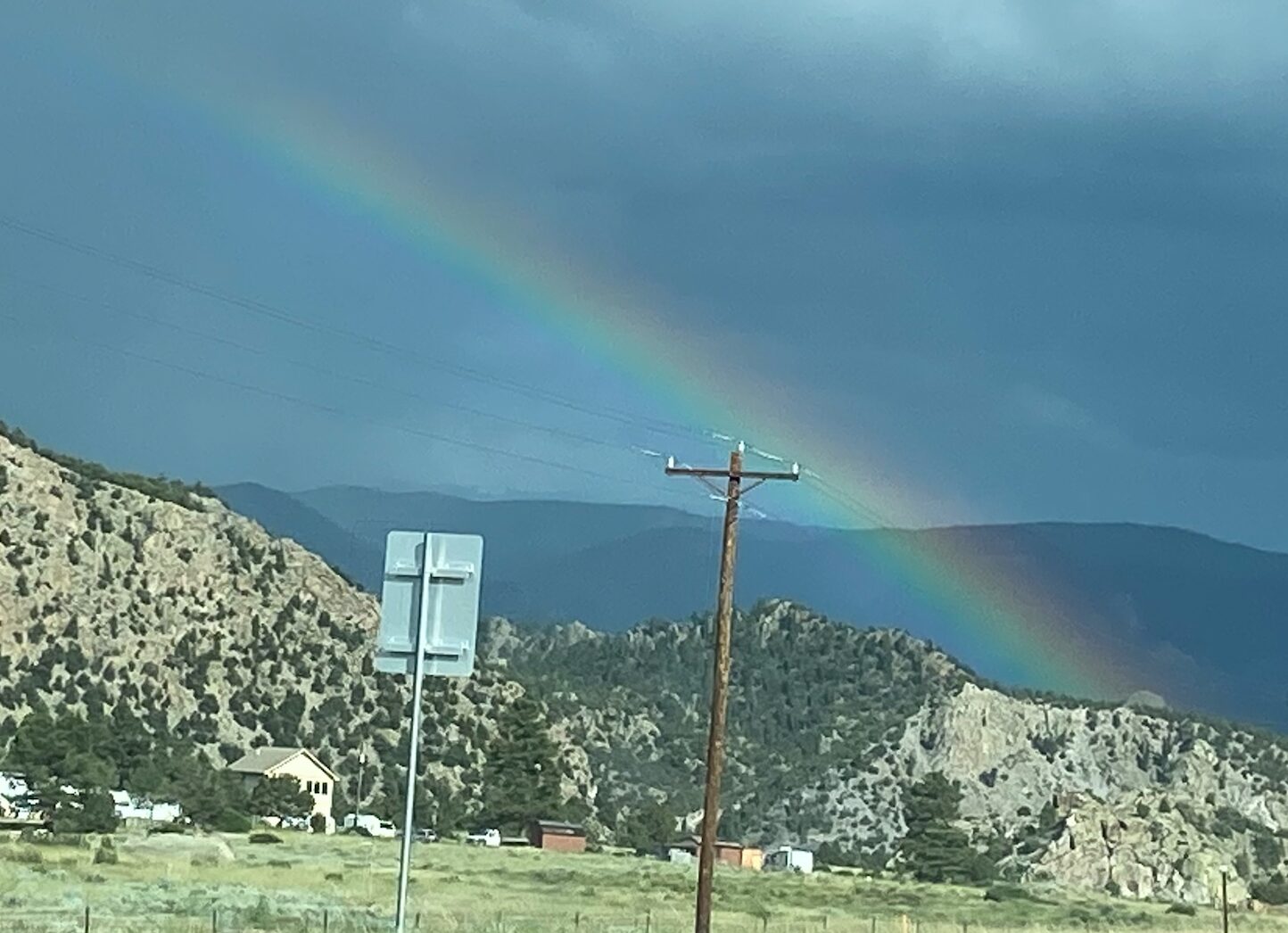
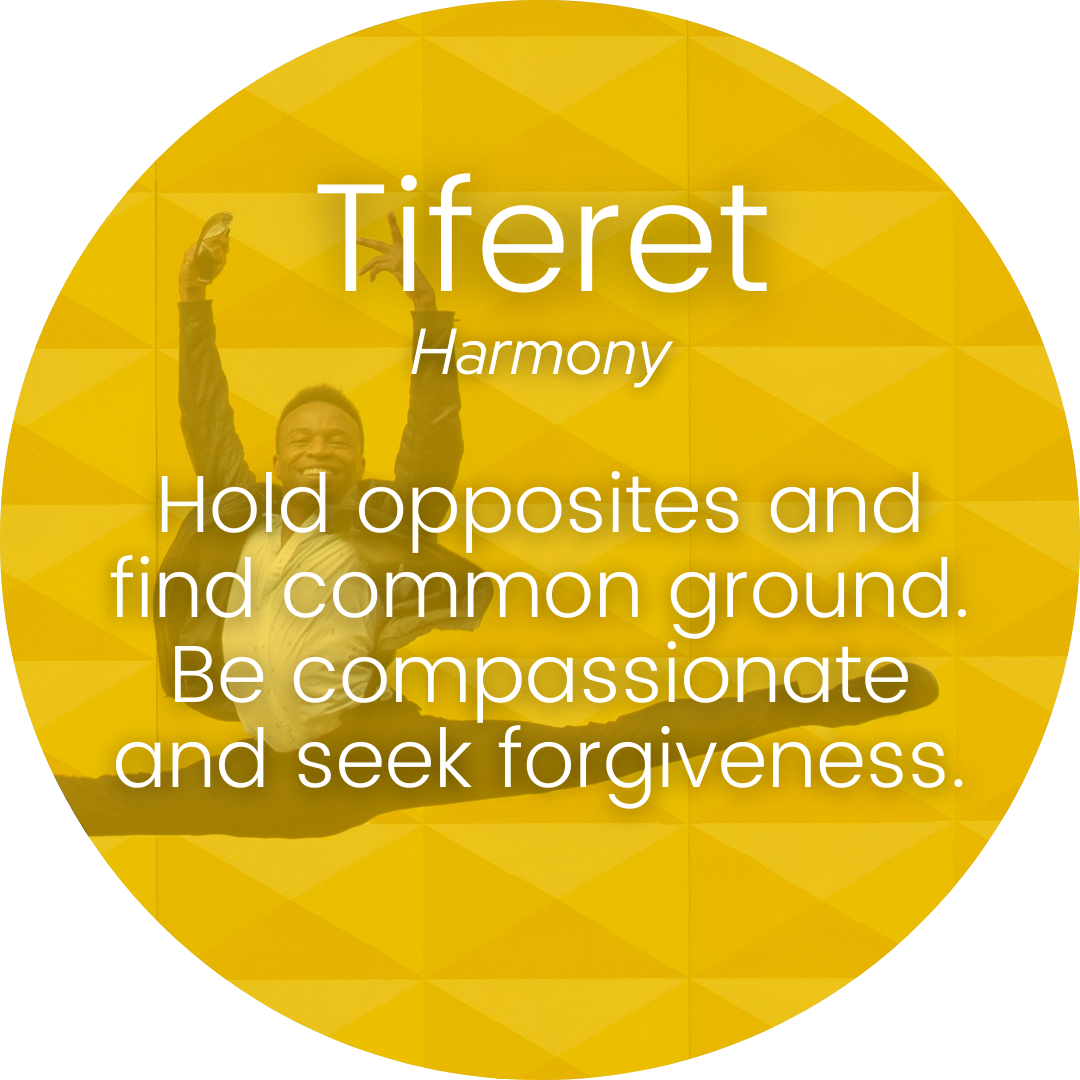
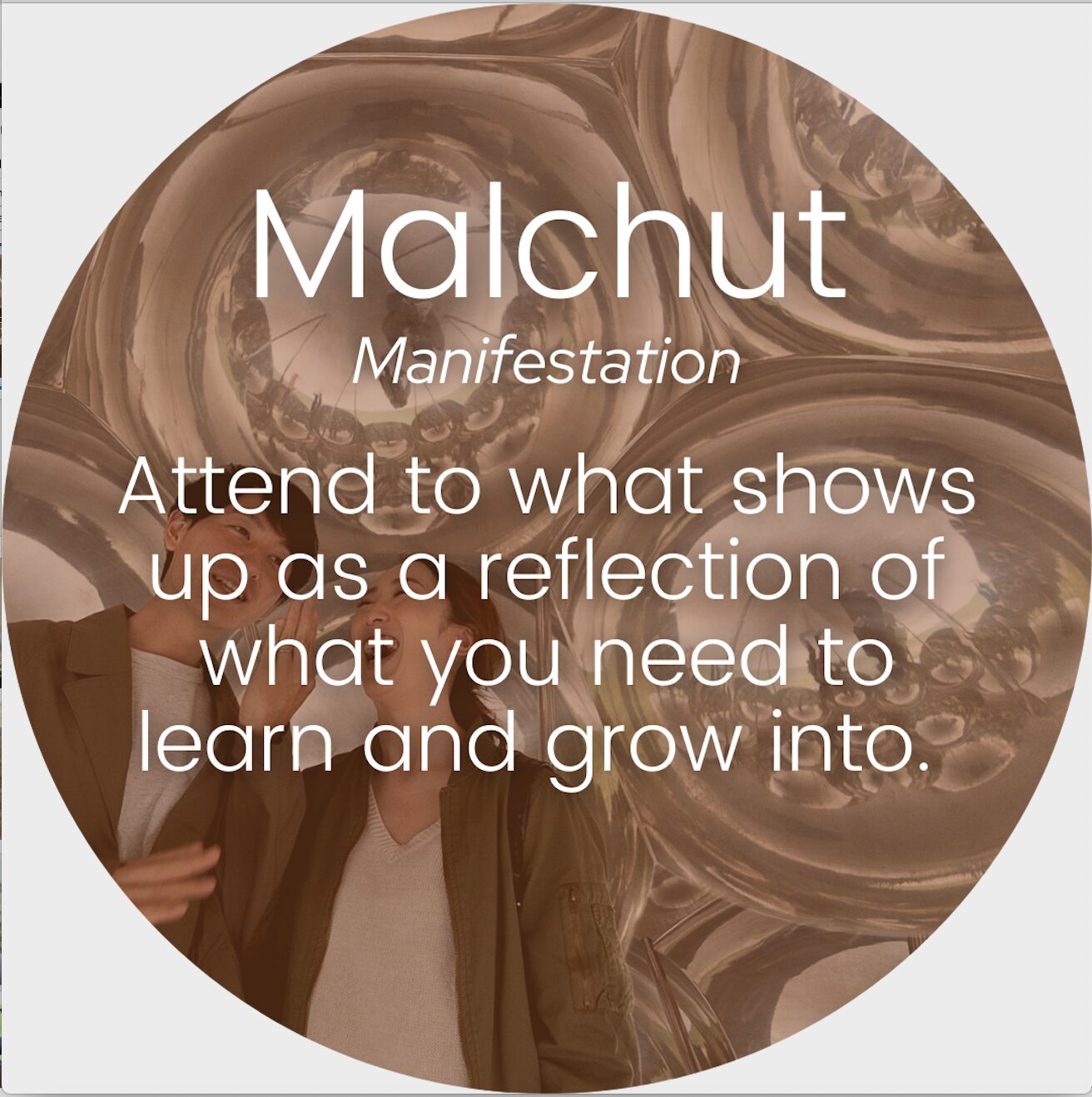
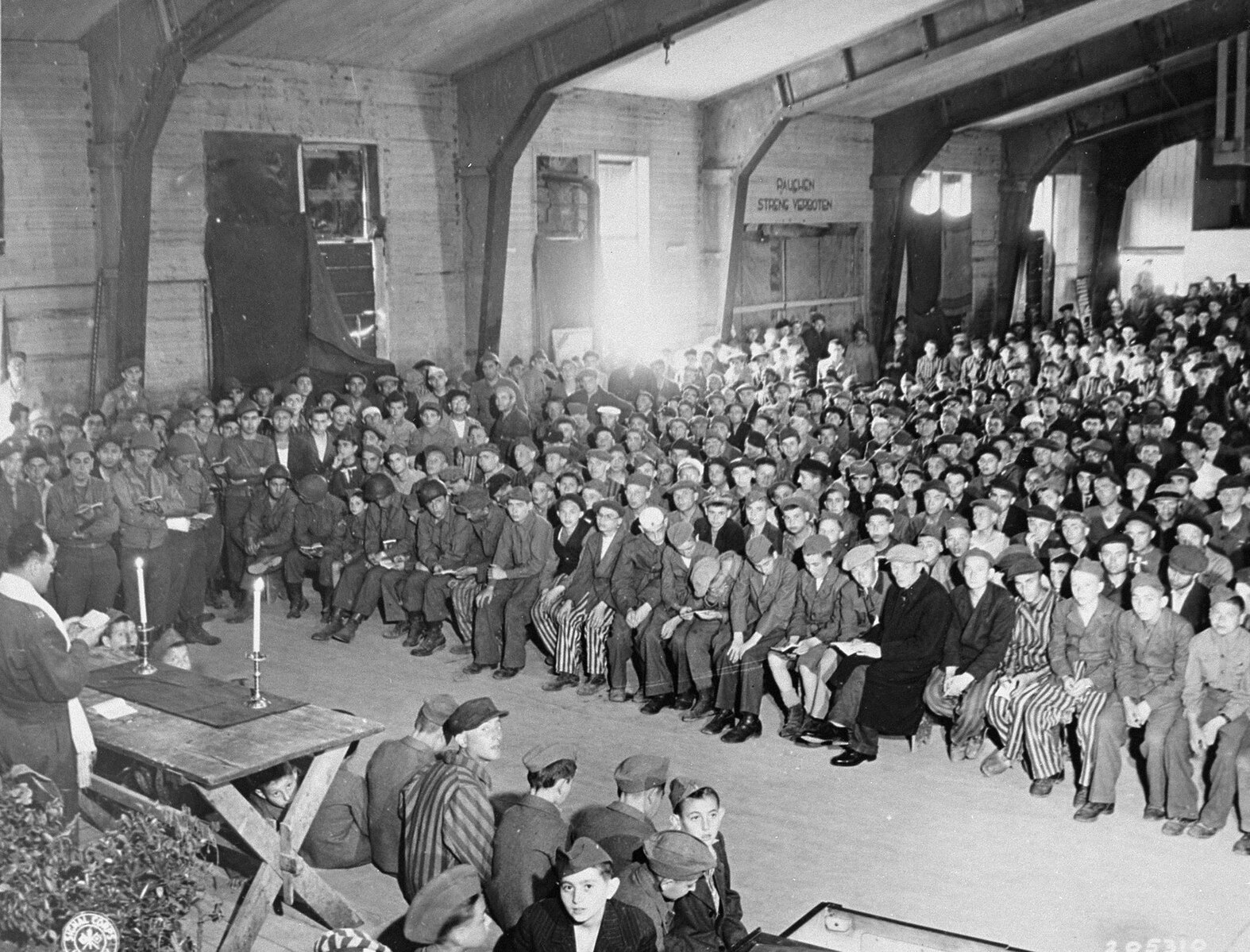

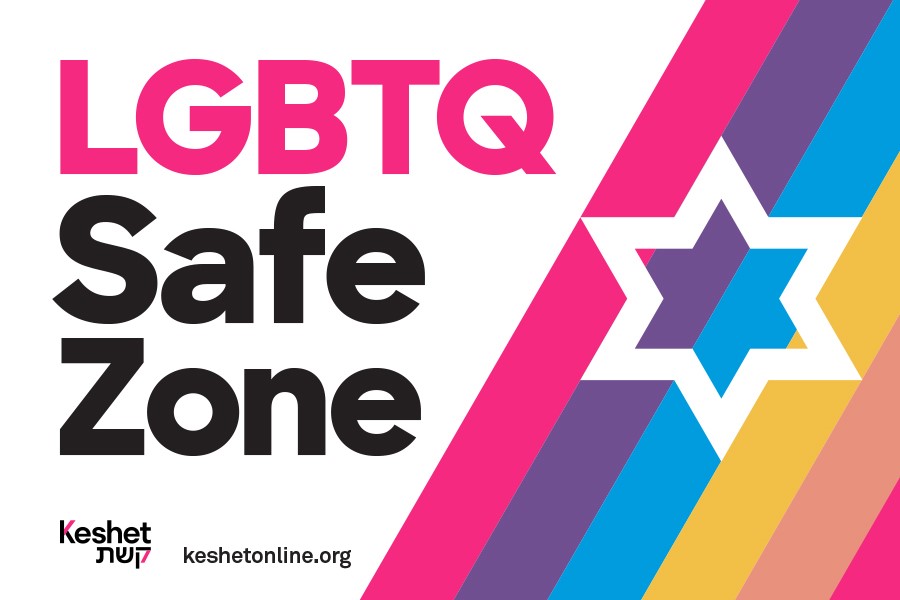
0 Comments